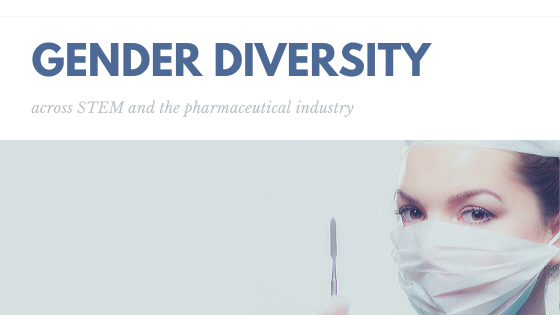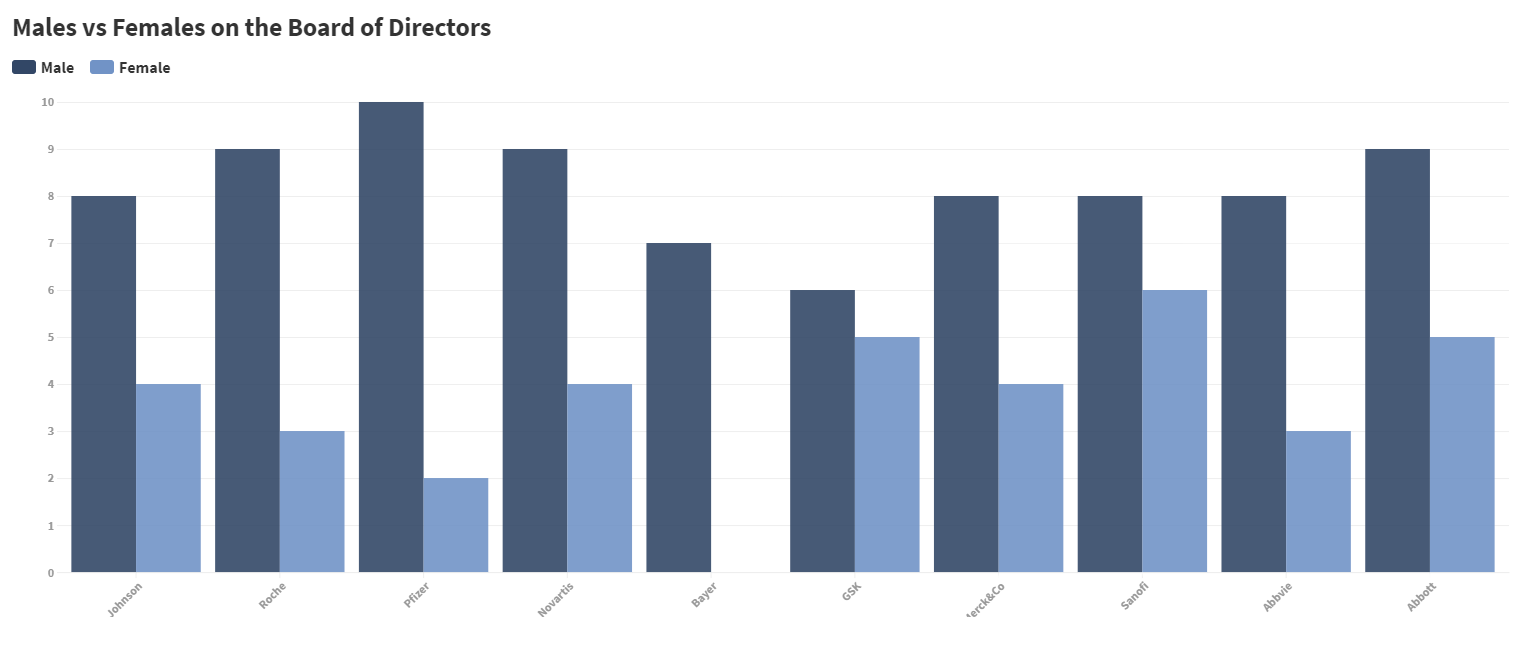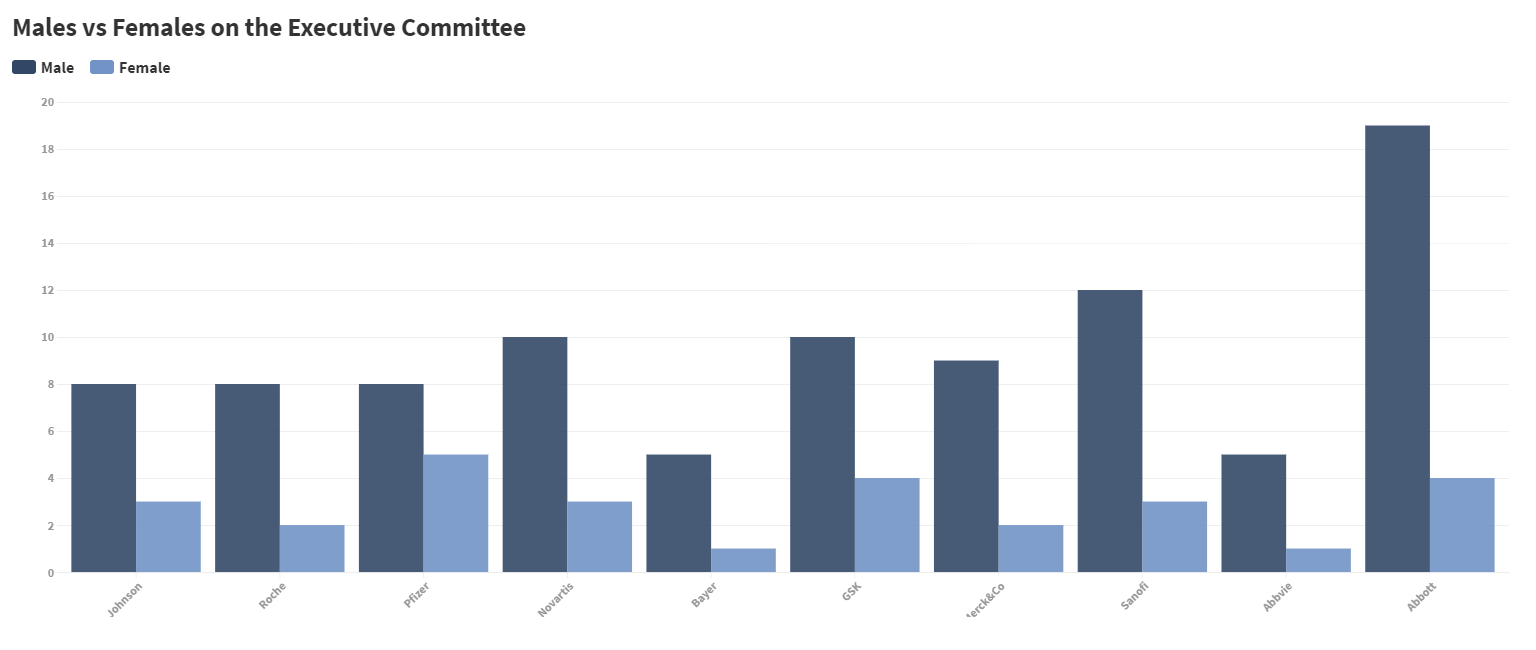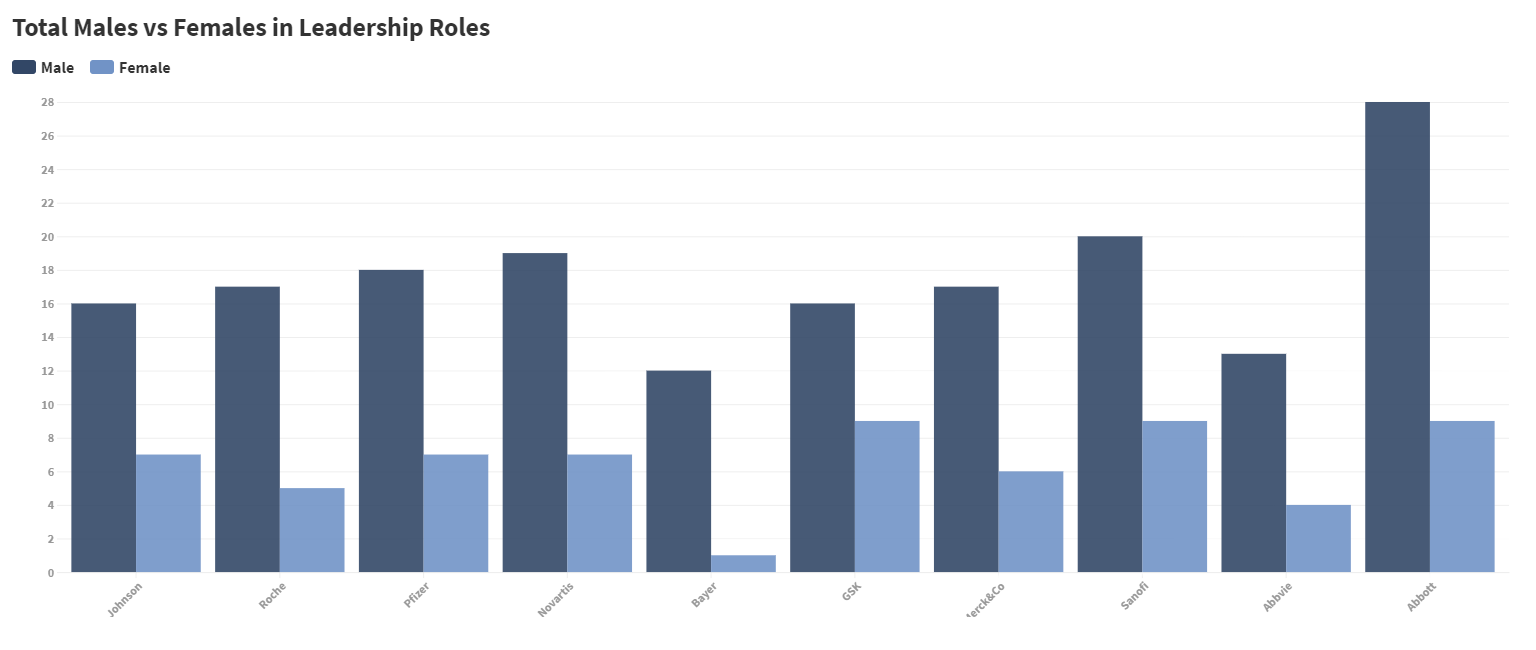The pharmaceutical industry (big pharma) is consistently making headlines for better or worse, and we decided to find out a little bit more. Last year, Assured Pharmacy took a look at the landscape of the pharmaceutical industry based on the 10 biggest players in the game with some interesting results. This year, with no update in sight we thought we'd find out how the industry has changed in the past 12 months ourselves.
The Top 10 Pharmaceuticals by Revenue
In the spirit of fairness, we'll follow the same format as the previous year - defining the top 10 pharmaceutical companies by revenue generated, again converting the findings into GBP and comparing this with revenue generated purely from the pharmaceutical segment to avoid discrepancies between those who do and do not produce medical devices.
| Company | Total Revenue (2018) Revenue | Revenue (2018) Billions From Pharmaceutical Segment | Percentage of Revenue From Pharmaceutical Segment |
|---|---|---|---|
| Johnson & Johnson | 63.18 | 31.51 | 49.87% |
| Roche | 44.03 | 34.44 | 78.22% |
| Pfizer | 41.5 | 4.15 | 100% |
| Novartis | 39.71 | 6.1 | 15.36% |
| Bayer ↑ | 34.89 | 14.37 | 41.19% |
| GlaxoSmithKline | 33.4 | 17.27 | 51.71% |
| Merck&Co | 32.75 | 29.19 | 89.13% |
| Sanofi ↓ | 30.25 | 21.12 | 69.82% |
| Abbvie | 25.36 | 25.36 | 100% |
| Abbott | 23.69 | 3.42 | 14.44% |
There's been no change in regards to the names appearing on this list since last year - It's still the same companies domination big pharma. Though in terms of revenue, Bayer has jumped up to 5th place from second to last, and Sanofi has dropped from 5th place last year to 8th place now - earning almost 2 billion less than they did the previous year. Sanofi is actually the only company on this list not to generate more revenue than the previous year.
Last year, Johnson & Johnson along with Abbott Laboratories where the only companies on the last that didn't make at least half of their total revenue from pharmaceuticals - Since then Novartis (15.36%) and Bayer (41.19%) have joined the ranks - A pretty drastic shift for Novartis, and possibly an answer to Bayer's success?
Pfizer and Abbvie are still the only companies generating 100% of their revenue from the pharmaceutical segment.
Where in the World Are They?
Half of the top 10 are based in the United States - Unsurprising when you think of America's infamous healthcare system - but none appear close to the west
- Pfizer, based in New York
- Merck&Co and Johnson & Johnson are both based in New Jersey
- Abbvie and Abbott are both based in Illinois
While the other half are all based in Europe, so no Asian, African, or Oceanic pharmaceuticals actually make the list. Teva, an Israeli pharmaceutical come in at 16th place and Takeda, a Japanese pharmaceutical at 18th.
- Roche and Novartis are based in Switzerland
- Bayer in Germany
- Sanofi, France
- GlaxoSmithKline is based in the United Kingdom
Gender Diversity in Leadership
Other than the sheer size of the industry, there have been no real shocks when looking into the pharmaceutical industry as of yet. Last year the main takeaway from Assured Pharmacy's report was the shockingly low number of women in the workforce - and that's what we want to focus our attention to now.
Which is the equivalent of 60,039 women - an increase of almost 3,000 women in science.
When looking at women in management in STEM, the numbers have risen from 93, 684 in 2017 to 95,630 in 2018 - Though this actually translates to a fall in diversity as women are not reaching management in STEM as quickly as men. In 2017 women account for 15% of all STEM management positions, but this has fallen to 13% in 2018.
Let's see how this has affected the pharmaceutical industry specifically.
Of the total 118 directors, 36 (31%) are female. How has this changed since last year?
- That's a 2% increase from 2017
- Bayer is still the online company in the top 10 without a single female on the board
- GSK & Sanofi still hold the most diverse boards with 45% and 43% of their directors being female respectively
Of the 122 members of the executive committees across the 10 companies, 28 are female (23%). How has this changed since last year?
- There are 11 members less across the top 10 pharmaceutical companies than in 2017. 6 of which were female, account for a 1% increase in female representation
- Pfizer's executive committee has dropped from 15 members to 13 members, and the percentage of women on the team has fallen from 40% to 38% - but Pfizer still has the most diverse committee on this list
- Abbott is still the least inclusive pharmaceutical in the top 10 - 90% of the committee is male.
Women now account for 27% of all leadership roles within the world's top pharmaceutical companies - Up 2% from the previous year.
Though not a single company has an equally diverse leadership team between men and women, GlaxoSmithKline are the closest, having risen from a 1/3 female workforce (33%) last year to 36% today - overtaking Johnson & Johnson who's female workforce has fallen from 35% of the team to 30% since last year. GlaxoSmithKline is still the only company in the top 10 to be led by a female CEO, Emma Walmsley, even with a number of changes in leadership in the past year.
- Miles D. White is stepping down as CEO at Abbott, being replaced by Robert Ford.
- Paul Hudson took over at Sanofi in September
- Albert Bourla became CEO of Pfizer back in January
Bayer remains the most male-dominated pharmaceutical with still just one woman in a leadership role within the entire company.
The larger picture, however, does look promising as things are improving in terms of diversity and equality - The pharmaceutical has always been a leader in this area and may not necessarily be a reflection of STEM jobs as a whole. A 2% increase in 2 years is definitely in the right direction, though the question is, is that fast enough? Women still only account for just over a quarter of leadership roles and are not reaching them as quickly as men across most STEM fields. At this rate in the pharmaceutical industry, we'll see an equal gender split by 2042.
References:
https://www.assuredpharmacy.co.uk/blog/general/top-10-pharmaceutical/













